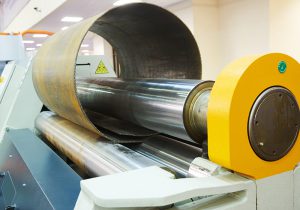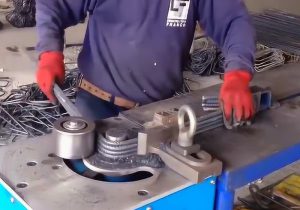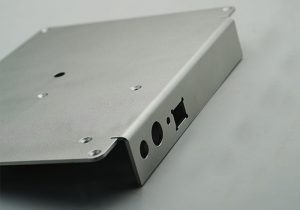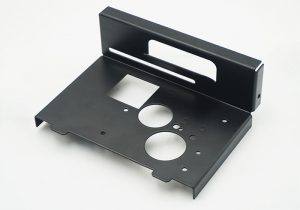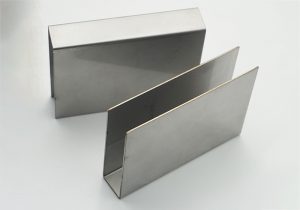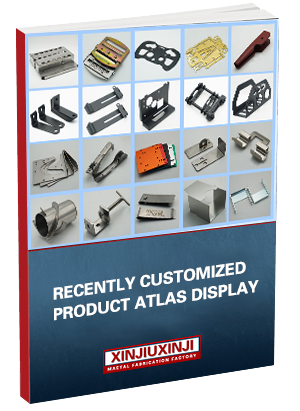Metal Bending
Metal bending is a precise manufacturing process that reshapes metal sheets into desired forms by applying force. typically with a press brake machine that utilizes a punch and die. The process involves several methods, such as air bending, bottom bending, and coining. Each technique allows for distinct accuracy and depth, making metal bending essential across industries. Its applications include forming parts for automotive structures, HVAC ducts, and enclosures. Including automotive brackets, computer frames, and household appliance panels and more.
Sheet Metal Bending | One-Stop Metal Processing Company
As a metalworking manufacturer, Xinjiuxinji specializes in sheet metal bending services. Xinjiuxinji is dedicated to handling projects of all sizes, from small, intricate components to large-scale structural parts. Our factory’s strength lies in the precision and quality we bring to each project. Ensuring products meet the highest standards with consistent accuracy. Equipped with advanced bending machinery, including state-of-the-art press brakes and automated bending lines, we offer enhanced precision, efficiency, and flexibility. Our metal bending machine can accommodate complex bends and diverse material requirements.Highlighting our capacity to deliver tailored solutions for various industries.
Flexible bending options | Types Of Bending Processes
- Air bending
Air bending is the most commonly used bending method. Using the upper die to press the metal to the V-shaped lower die, by controlling the pressure depth of the indenter to achieve different bending angles. This method has strong adaptability and is suitable for a variety of materials and thicknesses. But has high requirements for equipment accuracy.
- Bottom bending
Bottom bending presses the material completely into the bottom of the V-shaped mold. The mold fully supports the material to obtain an accurate bending Angle. This method is suitable for high-precision bending requirements, but the mold wear is faster.
- Resonance bending
Resonance bending uses special upper and lower dies and high frequency vibrations to quickly bend metal sheets along the mold shape .It is suitable for thin materials with minimal surface damage to the material.
- Roll bending
Roll bending uses a roller to continuously apply pressure on the surface of a material so that the material is gradually formed along the bending path of the roller. This method is often used to process round or large radius bends, such as the manufacture of pipes or storage tanks.
- Spinning and bending
Spinning bending uses a rotating tool to press a metal sheet into a die to obtain a complex shape. This process is suitable for thin metal materials and smaller workpieces, and is widely used in the manufacture of lamp shades and metal containers.
Your Trusted Partner in Metal Custom |The Xinjiuxinji Advantage
We utilize advanced CNC metal bending and automated bending lines. It allow us to handle complex geometries, high volumes, and stringent quality requirements across industries such as construction, electronics, and transportation. These specialized machines provide exceptional accuracy, efficiency, and flexibility, ensuring we meet diverse project specifications effectively.
Metal Bending Projects | Consist Of Several Key Steps
- Design and Material Selection: We begin by analyzing project requirements and selecting the appropriate material and thickness based on the desired specifications and application.
- Cutting: The metal sheet is cut to the precise dimensions required, often using laser or plasma cutting machines for accuracy.
- Bending: Using CNC press brakes or other bending machinery, the metal is shaped into the required angles or forms. This step may involve air bending, bottom bending, or coining, depending on the precision and angle needed.
- Welding and Assembly (if needed): For projects requiring multiple parts or complex shapes, we may weld or assemble components to achieve the final product structure.
- Finishing and Quality Control: Final finishing steps, such as deburring, coating, or painting, are completed. Rigorous quality checks ensure the part meets all specifications.
Typically, the primary steps for a bending project include design, cutting, bending, and quality control, ensuring the finished product is precise, durable, and ready for application.In addition, metal bending products often require cooperation with other metal fabrication technologies. The professionalism of the project determines the cost plan of the product. Xinjiuxinji can be your trusted supplier.






 +86 18892239158
+86 18892239158


